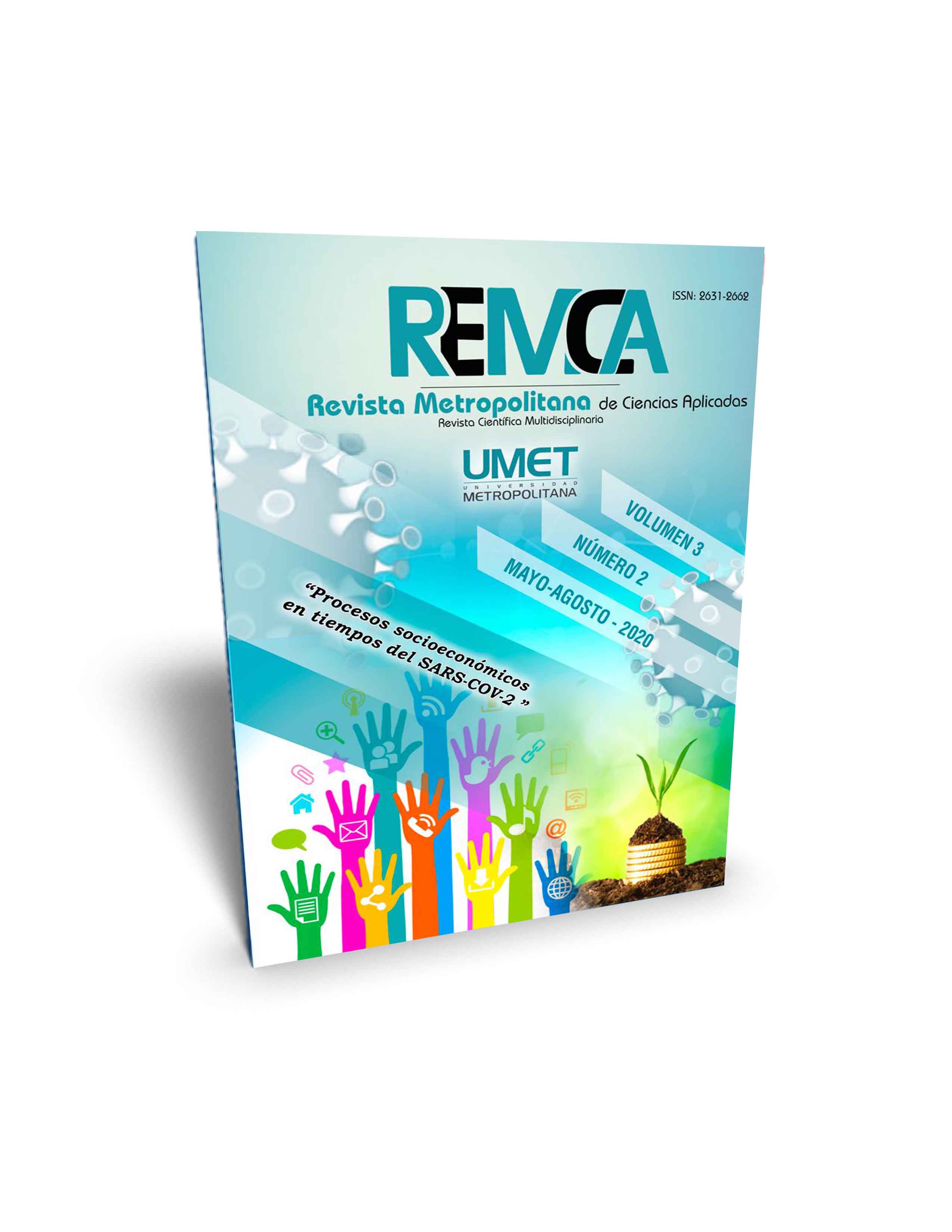Efficiency of the temporary immersion system versus the conventional in vitro propagation method
DOI:
https://doi.org/10.62452/9dq60d52Keywords:
Temporary immersion, vitroplants, efficiencyAbstract
The work was carried out with the aim of assessing the efficiency of the methods of mass propagation of vitroplants through results obtained in the Conventional Method and the Temporary Immersion System (SIT) and achieve increases in the multiplication coefficient, in addition to characterizing both methods of in vitro micropropagation by describing them. Considering that conventional propagation methods would be slow to produce and of high production costs. This technique allows for proper planning, from the stage of establishment of aseptic culture in the laboratory, to the establishment and production of the crop in the field. However, in temporary immersion crops, the constitution and physiological proceeding of outbreaks are very similar to those shown in ex vitro environments, due to the evolution of the system environment. Several authors, including Cruzat, (2009), states that the use of THE SIT reduces production costs per plant; this as a result of the mechanization of some stages of micropropagation and Winkelman, et al, (2006), commenting as in bioreactors, obtaining seedlings allows the reduction of production costs by between 50 and 60 %. Results that corroborate the efficiency of the temporary immersion system against the conventional in vitro propagation method.
Downloads
References
Adelberg, J. (2004). Plant growth and sugar utilization in an agilated,thin-film liquid system for micropropagación. In vitro Cellular and Developmental-Plant, 40(3), 245-250.
Albarracín Acosta, C. P. (2012). Evaluación de la eficiencia de un sistema de inmersión temporal frente al método de propagación convencional en la multiplicación in vitro de cilantro cimarrón (eryngium foetidum) a partir de hojas, yemas y segmentos nodales. Carrera de Ingeniería en Biotecnología. ESPE. Sede Sangolquí.
Ángel Molina, J. X., González Cabrera, J. J. (2013). Evaluación de dos métodos de micropropagación masal en piña (Ananas comosus L.Merr.) variedad golden. (Tesis para optar el título de Ingeniero Agrónomo). Universidad de El Salvador.
Berthouly, M., & Etienne, H. (2005). Temporaly inmersión system:a new concept for use liquid medium in mass propagation. Eds.AK Hvoslet-Eide.
De Feria, M., Jiménez, E., & Chávez, M. (2002). Empleo de los sistemas de inmersión temporal para la multiplicación in vitro de brotes de Saccharum Spp. Var.I BP-112. Biotecnologia Vegetal, 2(3), 143-147.
Etiene, H., & y Berthouly, M. (2002). Temporary immersion systems in plant micropropagación. Plant Cell,Tissue and Organ Culture, 69, 215 - 231.
George, E., & y Sherrington, P. (1984). Plant propagation by tissue culture. Eastem Press.
Llanos, C. I. (2015). Micropropagación in vitro de piña, Ananas comosus (L.) Merr Var. MD2 (Bromeliaceae) bajo un sistema de biorreactores de inmersión temporal. (Tesis Especializacion en Ciencias Biológicas). Universidad Mayor de San Marcos.
Marín, J. A. (1993). Micropropagación de especies frutales. Horto Frutic, 1, 56 -62.
Muñoz David, M. A. (2006). Estudio de sistemas de cultivo in vitro, aclimatización de plántulas y crecimiento de bulbos en tres especies de Rhodophiala Presl. (Amaryllidaceae). (Tesis de Maestría). Universidad Austral de Chile.
Pieper, W., & Zimmer, K. (1976). A simple,inexpensive apparatus for in vitro propagacion of tissues. Gertenbauwissenschaft, 41(5), 221-224.
Pierik, R. L. (1990). Cultivo in vitro de las plantas superiores. Mundi Prensa.
Simonton, W., Robacher, C., & Krueger, S. (1991). A programmable micropropagation apparatus using cycled liquid medium. Tissue and Organ Culture, 27, 211 – 218. .
Suárez Haro, F. E. (2015). Micropropagación in vitro de píña(ananas comosus I.merril)híbrido md-2,a partir de cortes de yemas laterales y apicales. (Tesis de Ingeniería en Ciencias Agropecuarias). Universidad de las Fuerzas Armadas.
Teisson, C., & Alvard, D. (1995). A new concept of plant in vitro cultivation liquid medium: Temporary Immersion. En, M. Terzi, R. Cella, & A. Falavigna, Current Issues in Plant Molecular and Cellular Biology. (pp. 105 – 109). Kluwer Academic Publishers.
Vásquez, C., Orozco, A., Rojas, M., Sánchez, M. E., & Cervantes, V. (2015). La reproducción de plantas semillas y meristemos. Fondo de Cultura Económica.
Downloads
Published
Issue
Section
License
Copyright (c) 2020 Ana Luisa Castillo Ontaneda, Alexander Moreno Herrera, Rigoberto Miguel García Batista (Autor/a)

This work is licensed under a Creative Commons Attribution-NonCommercial-ShareAlike 4.0 International License.
Authors who publish in Revista Metropolitana de Ciencias Aplicadas (REMCA), agree to the following terms:
1. Copyright
Authors retain unrestricted copyright to their work. Authors grant the journal the right of first publication. To this end, they assign the journal non-exclusive exploitation rights (reproduction, distribution, public communication, and transformation). Authors may enter into additional agreements for the non-exclusive distribution of the version of the work published in the journal, provided that acknowledgment of its initial publication in this journal is given.
© The authors.
2. License
The articles are published in the journal under the Creative Commons Attribution-NonCommercial-ShareAlike 4.0 International License (CC BY-NC-SA 4.0). The terms can be found at: https://creativecommons.org/licenses/by-nc-sa/4.0/deed.en
This license allows:
- Sharing: Copying and redistributing the material in any medium or format.
- Adapting: Remixing, transforming, and building upon the material.
Under the following terms:
- Attribution: You must give appropriate credit, provide a link to the license, and indicate if any changes were made. You may do this in any reasonable manner, but not in any way that suggests the licensor endorses or sponsors your use.
- NonCommercial: You may not use the material for commercial purposes.
- ShareAlike: If you remix, transform, or build upon the material, you must distribute your creation under the same license as the original work.
There are no additional restrictions. You may not apply legal terms or technological measures that legally restrict others from doing anything the license permits.




